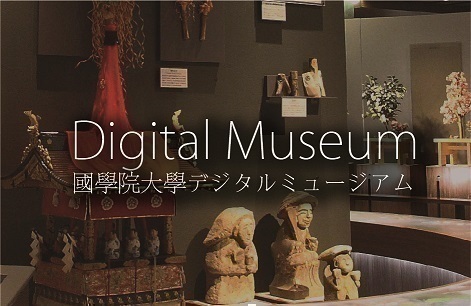- トップ
- Encyclopedia of Shinto
- Mitate
Encyclopedia of Shinto
| Main Menu: | |
| Links: |
詳細表示 (Complete Article)
| カテゴリー1: | 7. Concepts and Doctrines |
|---|---|
| カテゴリー2: | Basic Terms |
| Title | Mitate |
| Text | To choose and erect something (like a pillar). Alternatively, this can be used to refer specifically to the thing which has been erected. Examples of the use of mitate are found in both Kojiki and Nihon shoki during the wedding scene of Izanagi and Izanami on the island of Onogoro. It is written in Kojiki that the two kami "descended from the heavens to this island and erected (mitate) there a heavenly pillar (amenomihashira) and a spacious palace (yahirodono)." Similarly, Nihon shoki records that Izanagi and Izanami "erected (mitatsu) a spacious palace [and also] a heavenly pillar." Later scholars would offer two possible interpretations of this use of mitate: the literal interpretation asserts that the palace and pillar were actually erected, while a more figurative interpretation suggests that these two structures be regarded as if they were erected. For example, in Kojikiden, Motoori Norinaga takes the literal view that "the pillar was erected, the palace was constructed, and this is actually what happened." Hirata Atsutane argues in Koshiden that "the mitate was a replica erected in honor of the actual heavenly pillar." Orikuchi Shinobu, in his Shintō ni arawareta minzoku ronri, understands mitate to refer to an activity where "something is erected as a pillar and a blessing is made." In other words, along with its inherent meaning of "blessing", mitate also has the implication of giving thanks and praise. — Nishioka Kazuhiko |




